As customers buy up clothes, collectibles, décor, toys, and appliances this holiday, some of these products will inevitably be returned after the season ends. In fact, a survey from 2019 showed that the majority of consumers were likely to return at least some of their holiday gifts. This trend leaves retailers with a massive number of returns, which is why refining the customer return process in preparation for the holidays is essential.
Using messaging platforms for returns is a convenient and economical way to manage more customers and provide fast service. Quiq provides messaging software with seamless integration and chatbot capabilities for retailers looking to streamline communication.
The Benefits of Using a Text Messaging Platform for Returns
Text messaging creates a more personalized customer experience. It also offers a way for agents to keep consumers informed by using a common communication channel. With a texting platform, retailers can:
- Quickly provide support: Mobile technology allows people to access messages from anywhere at any time. Texting is personal, and it gives retailer representatives the ability to operate at a faster pace. It’s a better option for shoppers who are looking for immediate service.
- Organize the returns process: With texting platforms, retailers can prioritize messages, create inboxes for separate topics, and monitor incoming inquiries. These capabilities make it easier to organize the returns process according to retail business specifications.
- Reference order and customer information easily: While talking on the phone or speaking in person can be a hassle for both the consumer and the agent, SMS messaging allows you to access essential information in minutes.
How to Use Bots to Help Automate Holiday Returns
Advanced text messaging platforms allow retailers to improve their return processes with chatbots. Automated systems can now guide customers through the beginning steps of a return, and they can often operate much faster than human agents. Chatbots:
- Address frequently asked questions: Chatbots generate fast responses to simple questions that a buyer might ask. For example, if someone asks how to make a return, a bot can get them started on the right track.
- Automate obtaining order information: Automated messaging systems also collect order information, such as names and order numbers, from consumers. This process speeds up data gathering so that agents can focus on the more complex parts of the process.
- Preview messages: With message previewing capabilities, bots can answer questions more quickly — much faster than a person can. The faster a buyer receives a reliable answer, the more satisfied they will be.
- Have a past history log of interactions: Bots keep a record of past interactions with consumers, which helps retailers provide a more individualized approach to service. The history log gives retailers quick access to customer information, which simplifies the return process.
Facilitate Holiday Returns With Quiq
Modern technology improves returns processing for retailers in all sectors of the industry. If you’re looking for a way to expedite holiday returns this year, Quiq can provide a comprehensive messaging platform solution. For more information, contact Quiq for a demo.
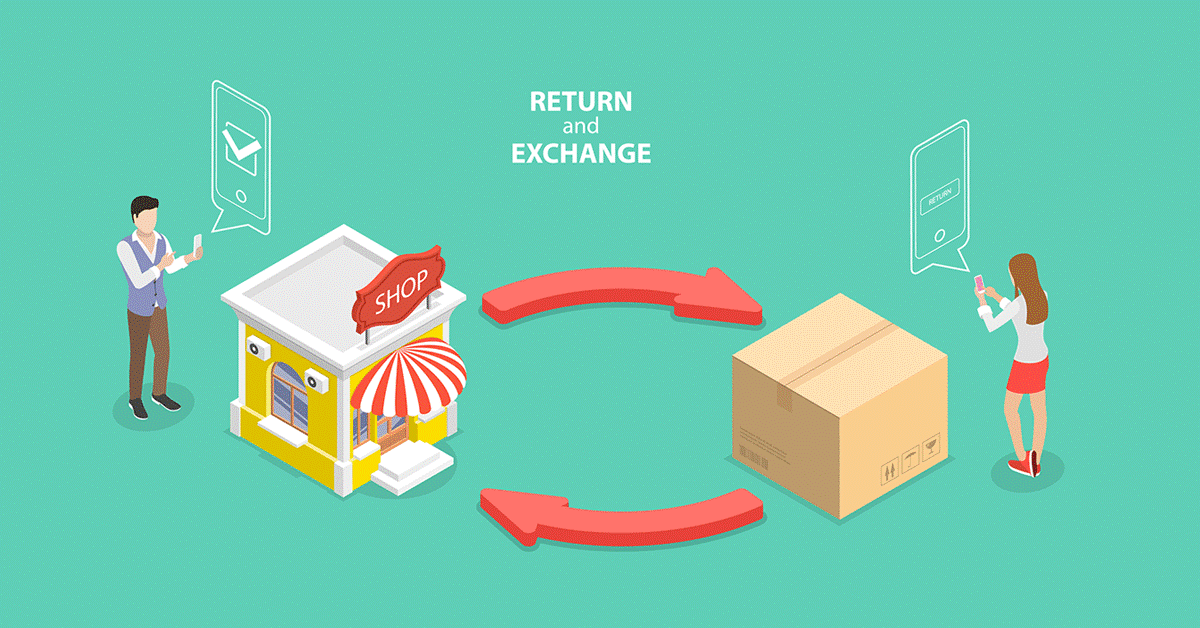

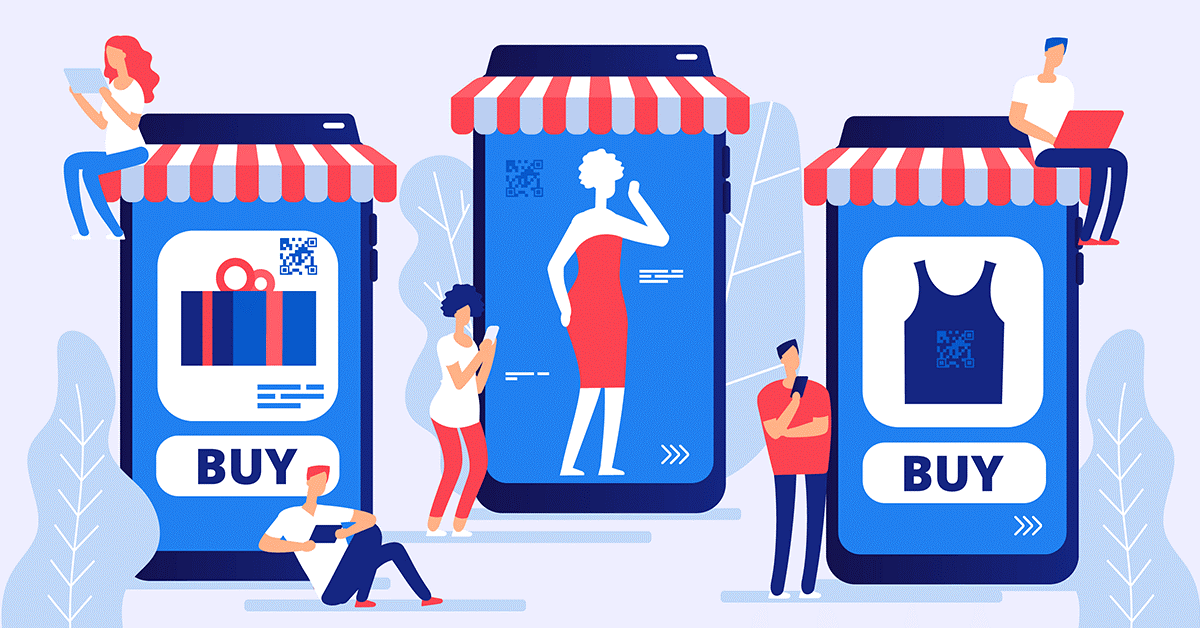


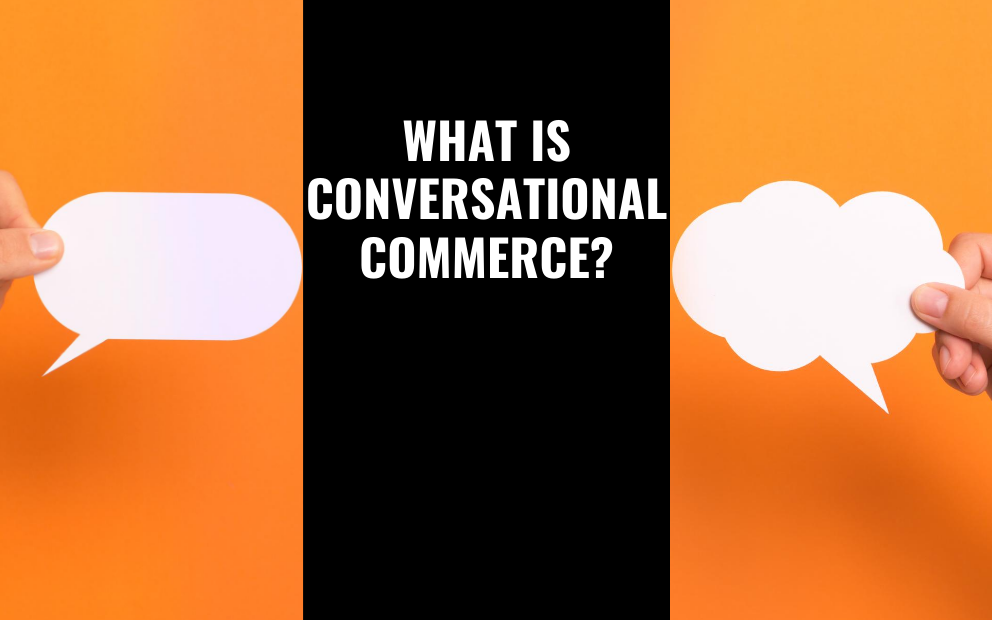
 Conversational commerce refers to the transactions that take place through digital conversations consumers have with brands on messaging apps like web chat,
Conversational commerce refers to the transactions that take place through digital conversations consumers have with brands on messaging apps like web chat, 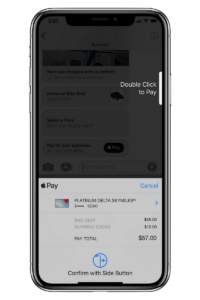 when our normal was just normal, consumers leaned on the ease, convenience, and speed that shopping from their smartphone offered.
when our normal was just normal, consumers leaned on the ease, convenience, and speed that shopping from their smartphone offered.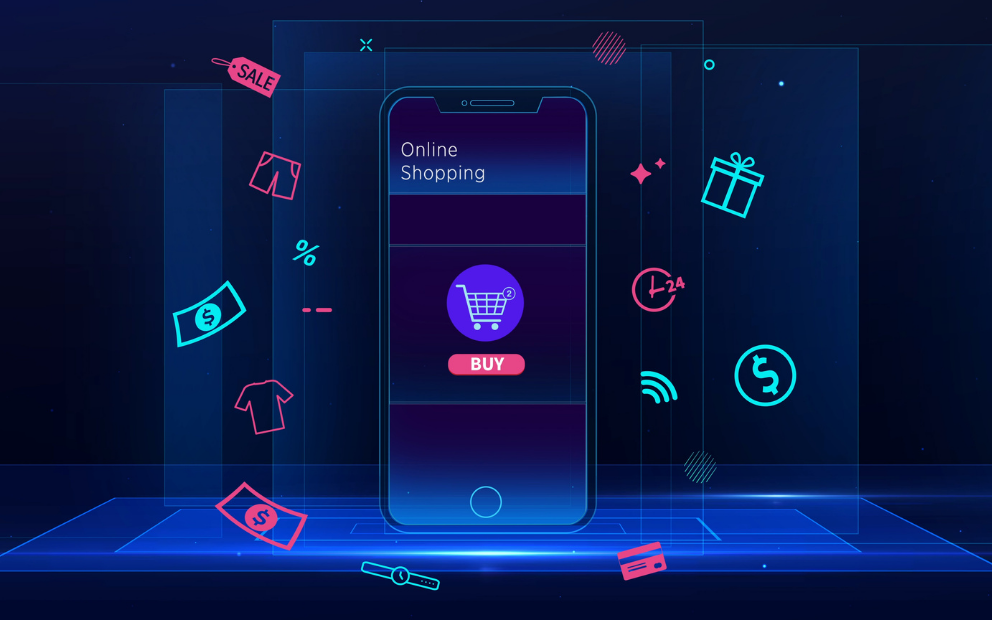

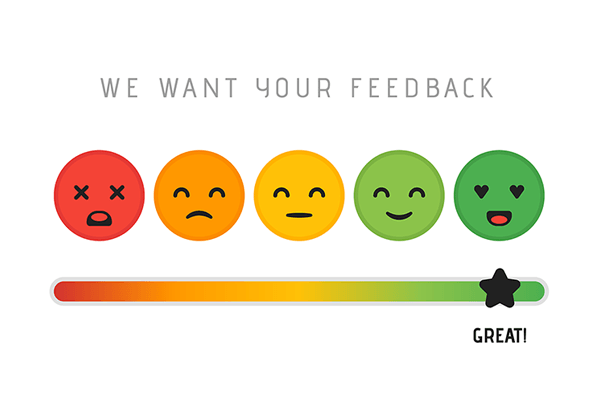
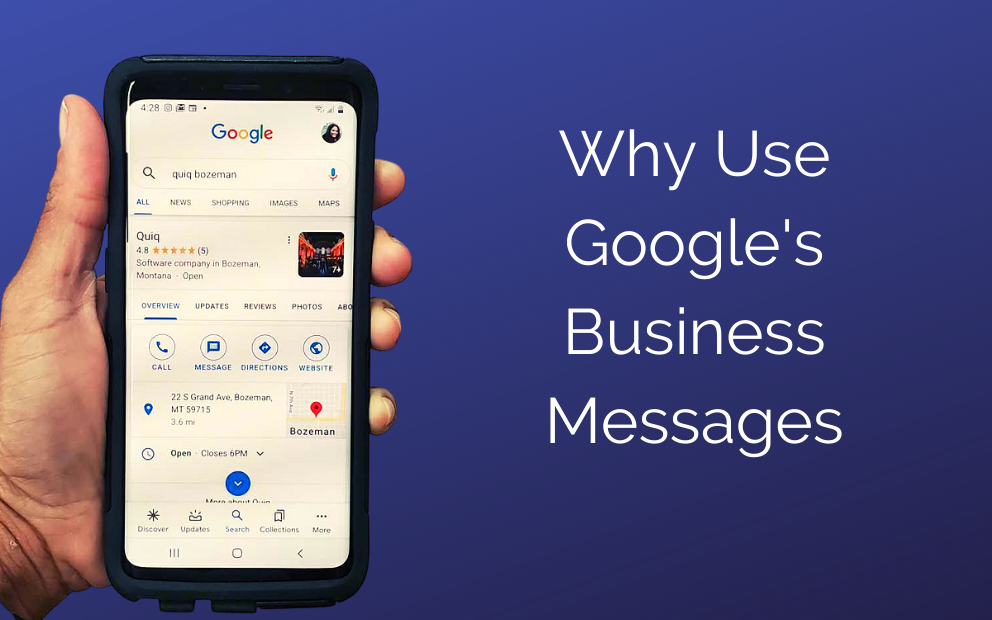




 The first foundational requirement is a shared customer session. This means that all of the messages exchanged between the customer and
The first foundational requirement is a shared customer session. This means that all of the messages exchanged between the customer and
 Author: Kyle McIntyre
Author: Kyle McIntyre